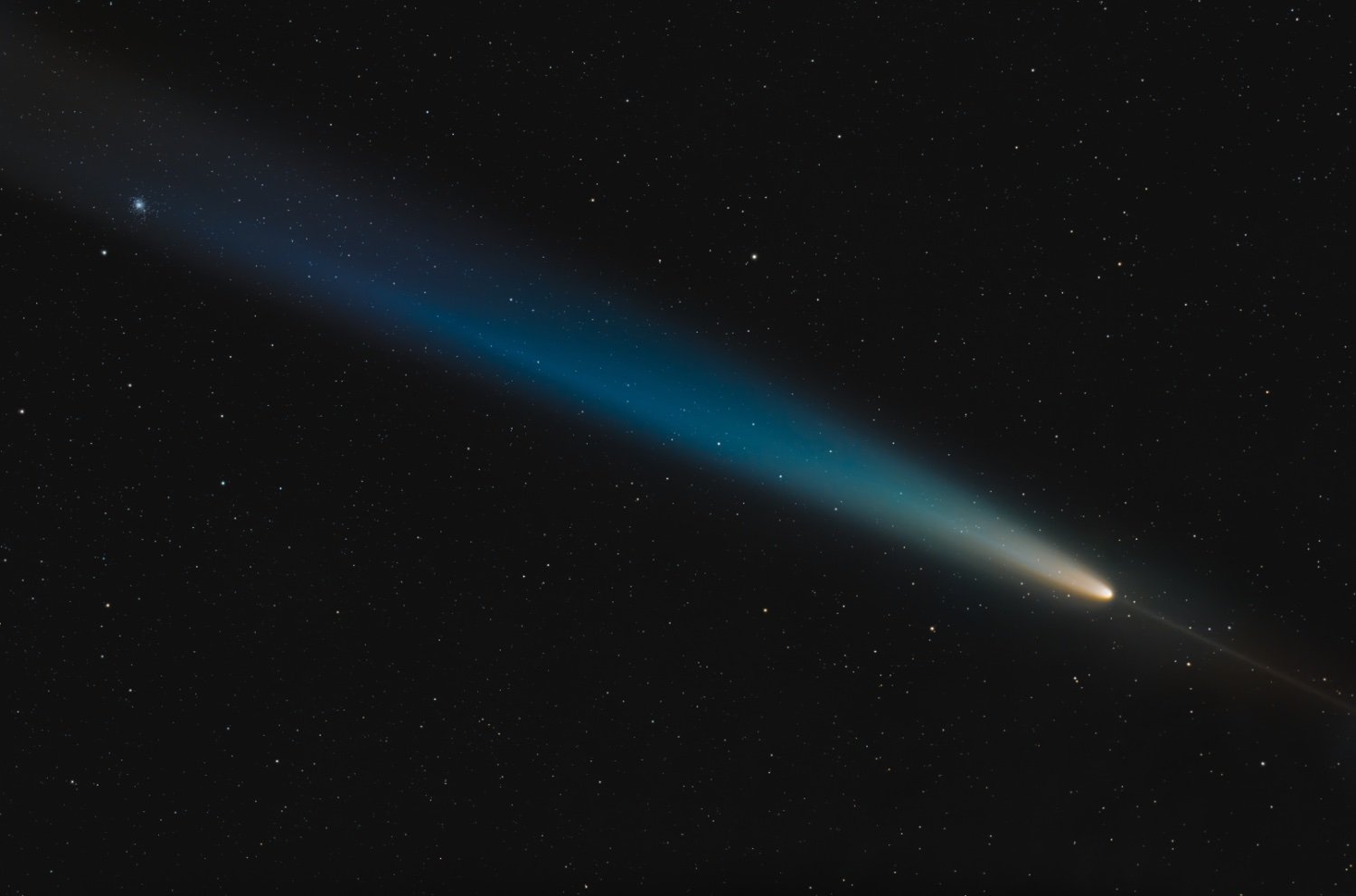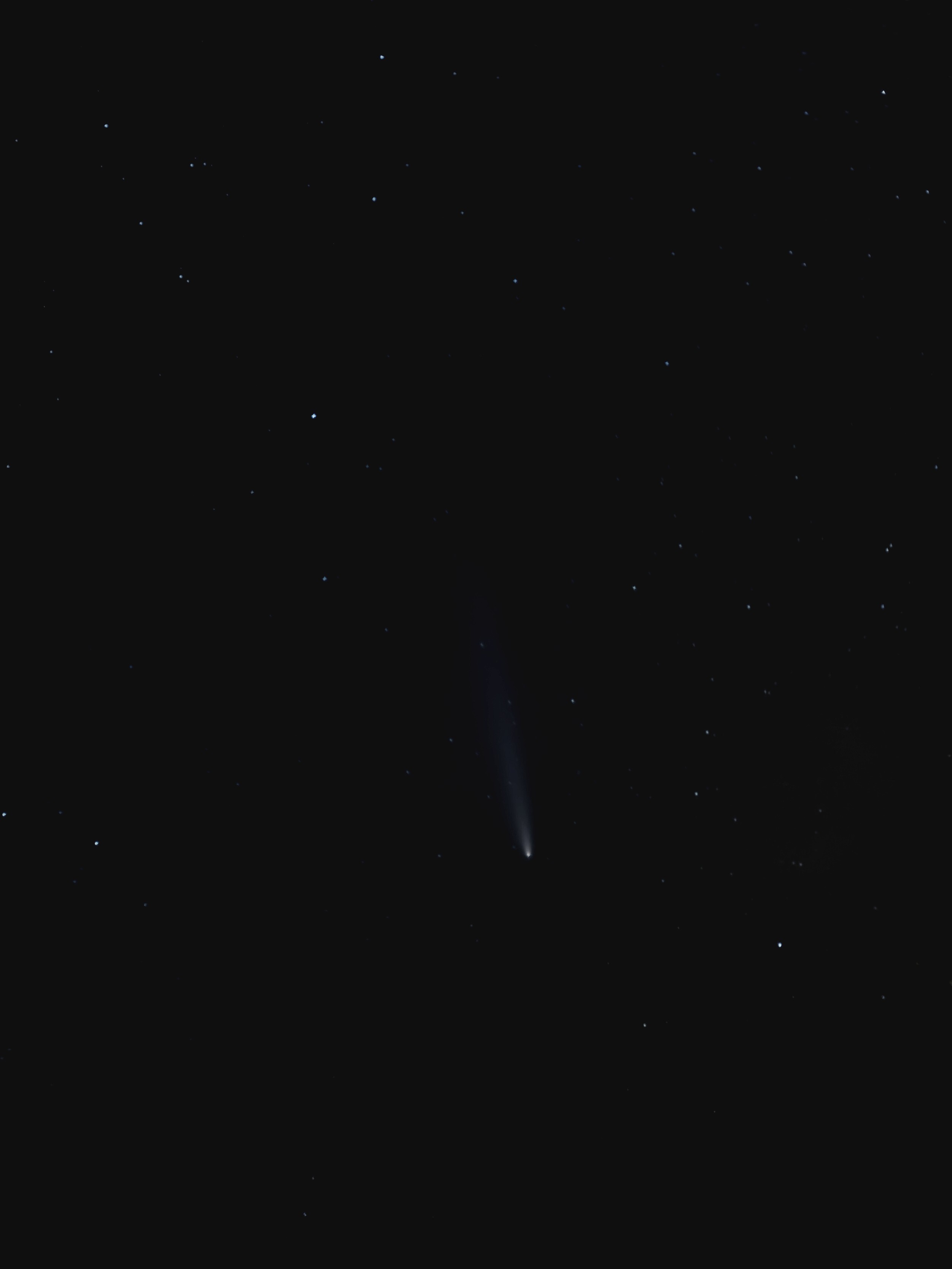Astrophotography
Welcome to !astrophotography!
We are Lemmy's dedicated astrophotography community!
If you want to see or post pictures of space taken by amateurs using amateur level equipment, this is the place for you!
If you want to learn more about taking astro photos, check out our wiki or our discord!
Please read the rules before you post! It is your responsibility to be aware of current rules. Failure to be aware of current rules may result in your post being removed without warning at moderator discretion.
Rules
- I | Real space images only.
-
Astrophotography refers to images of astronomical objects or phenomena exclusively.
-
~~Images that show objects or people below the Kármán Line (100km) will be removed.~~ We won't be enforcing this rule for now, but as the community grows eventually we will split and have a separate space for just landscape astro.
-
Images must be an accurate representation of a real astronomical object.
- II | Original and Amateur Content Only
-
Image posts can only be images that you have captured and processed yourself, or discussion about capturing and/or processing your own images.
-
Images acquired from public sources, professional observatories, or other professional services are not allowed.
-
If you have done a drastic alteration or reprocessing of a prior submission, you may repost your edit - but only after a minimum of one week has passed.
- III | Post Types
-
Image posts are to link directly to the image, not to landing pages, personal galleries, blogs, or professional sites. Link to these in the comments. (AstroBin and Imgur, are allowed)
-
Questions are welcome here for the time being.
-
Links to blogs, articles or external websites should be interesting and promote discussion about amateur astrophotography.
- IV | Titles
- All image posts should just include include the name of the object being photographed. Extra info such as equipment, it being your first image, or other information should go in a comment along with your acquisition info. Please see this page for more details.
If your post is removed, try reposting with a different title. Don't hesitate to message the mods if you still have questions!
- V | Acquisition and Processing Information
-
All submitted images must include acquisition and processing details as a top-level comment. All posts without this information may be given a warning, and if not updated will be removed.
-
This includes the telescope, mount, camera, accessories, and any other pieces of equipment you used to capture the image.
-
You must also include processing details, i.e. the programs you used and a general rundown of the workflow/processes you used within those programs. “Processed in Photoshop” is not enough.
view the rest of the comments

That's extremely good for a phone camera I assume. I did try with my own camera a few days ago. I originally asked because weather conditions in my area wasn't great for a while, and I don't know what settings to start off with. I did my best at stacking and editing them with Affinity, although not the greatest, I did manage to capture something haha.
Edit: camera specs
Fujifilm X-S10 + Sigma 18-50
ISO640, F/2.8, 5 sec x 140
It‘s hard to tell from your image, bit it appears you can even get a bit more details if you register your lights onto the comet itself and then stack all the images. I used Siril for the two step registration process.
But nice image nonetheless!
Thanks! I did try with DSS afterwards to only slightly better results? I'll give Siril a try too. What do you mean by "register the light to the comet"? Is it a Siril specific setting?
I do not have much experience with DSS, as far as I know the result should be very similar. „Lights“ is the term for a single exposure. The technique is basically the same no matter which software you use.
But if you have Siril specific questions feel free to drop any questions :)
Oh okay, so you mean the light frames. Got it.
Though, I still don't understand what you mean by "registering the light frames to the comet itself". I have 140 frames of the comet (albeit not in the same position since I don't have an astro tripod), and I imported them all into the light frame stack. That's what I'm supposed to do, or do you mean a more specific step than that?
Thanks again!
Ah ok, so I assumed you registered all your light frames onto your stars as your stars look very sharp. And that’s the normal way for every astro image you would normally do. A comet however moves so fast that its position changes even in the short time frame were you took the images.
So after registering all the images with the stars pattern you want to make a second registration were you mark the position of the comet on the first frame and on the last frame. With that now all images are aligned onto the comet and now the stars appear to move in the background. As your stars look so sharp I assumed you didn’t make the second registration. In DSS there is a comet mode for that but I haven’t worked with that so I can’t tell you about the workflow with that program.
Hope that helped in any way!
Oh nah, I did try my best to focus on the stars. They look bright in the photo because I removed the background and cranked up the contrast after stacking in Affinity. It was almost a flat grey image after stacking and before I photoshopped it. Maybe I did fuck up somewhere in the process haha.
I only ran through the stacking process once, never encountered a setting/dialogue which told me to select where the comet was. Maybe I'll play around the program a bit and see some tutorials. There's no way for me to take comet pictures again where I'm at. Cloudy skies these days 🫤